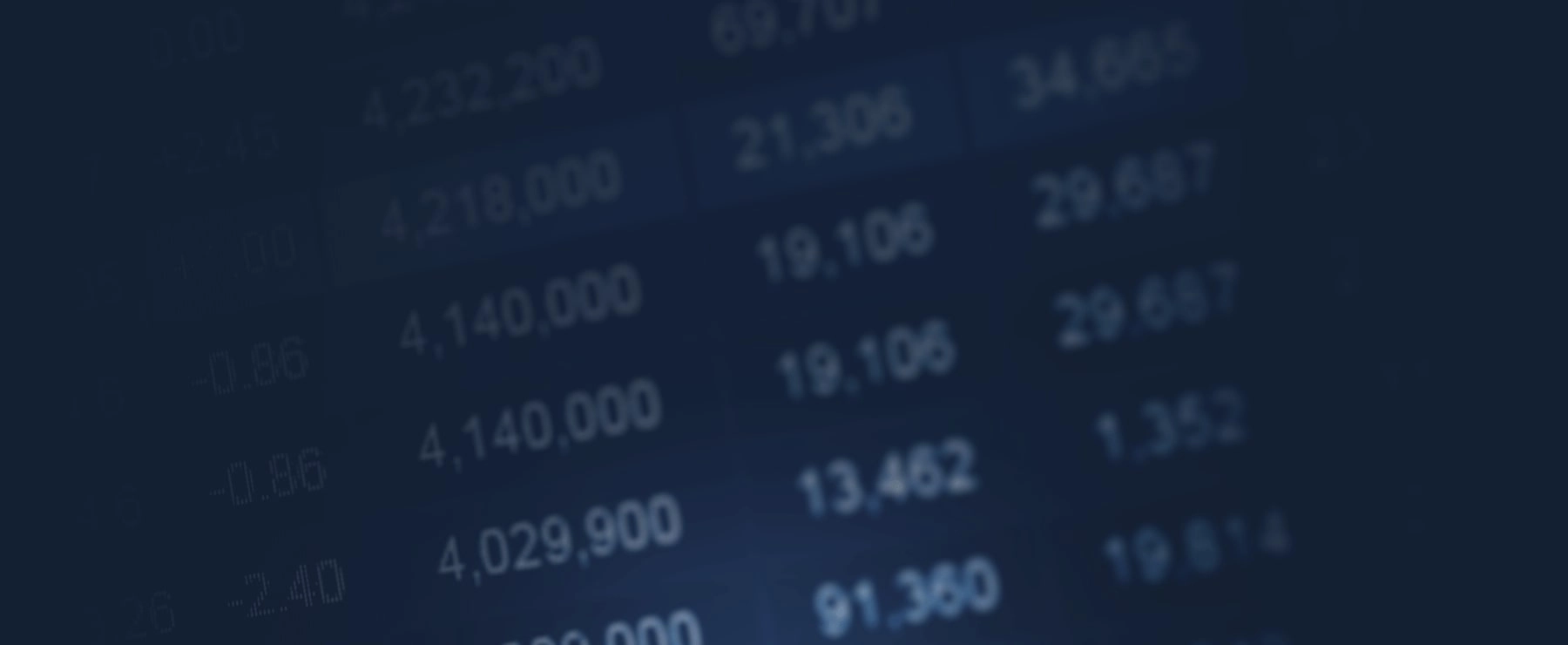ETFs (Exchange-Traded Funds) are financial instruments that consist of a pool of assets (stocks, bonds, commodities, and other assets) traded like a stock. When an investor buys an ETF share, they buy a proportional interest in the pool of assets, hence permitting investment to a particular segment of the market.
ETF holdings consist of a diverse range of assets. For example, a Fitness ETF includes stocks of the largest companies focused on fitness and sport.
ETF trading provides a broad diversification portfolio to institutional and retail investors who seek a liquid market.
ETF (Exchange-Traded Fund) is an increasingly popular asset that can represent the same set of shares as an index or the same industry or market. ETFs are traded on the same stock exchanges as the stocks included in the fund.





